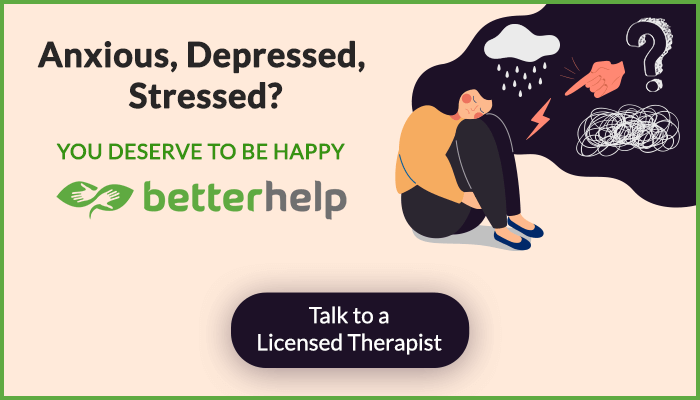What is Eustress and 9 Real-Life Examples of Eustress

Whenever you hear the word “stress” what comes to your mind… I know by hearing stress lots of people would think of negative energy or perception of thought. But generally “Eustress” is the term given to good stress.
Eustress is coined by Hans Selye wherein Hans studied the impact of stress on the body and mind. April is the month of Stress awareness. We want to introduce you to the term “Eustress”. Eustress is considered as healthy stress. Isn’t it exciting to read about the “what is Eustress”… I know, right!
In this blog, we have highlighted 9 real life examples of eustress from which you can easily identify the real-life situational examples of positive stress.
What is Eustress?
Eustress is the feeling of excitement or upcoming challenges that are actually healthy for us. Eustress is the only good stress which takes you to achievements and successes. The mixed feeling of pride, resilience, excitement and eagerness is determined as Eustress.

Meanwhile, tough circumstances and distressing lead us to experience healthy Eustress because of this we learn to develop strength and cope with rough phases. Let’s read about examples of eustress along with the classification of eustress.
Disclaimer: As BetterHelp Affiliate, We may receive compensation from BetterHelp or other sources if you purchase products or services through the links provided on this page.
1. Short term Eustress
Short-term Eustress provides the energy which boosts the performance in regards to challenging activities. This type of Eustress helps us to put extra effort or focus.
example of short ter eustress: delivering a webinar or seminar, participating in any activity
2. Long-term Eustress
Long-term Eustress keeps us working better at work or things. Like, growing, learning, accepting the rejections or circumstances are the components of long-term Eustress.
Basically, long-term Eustress never lets us give up in the rough phases! It always motivates us to stand up and never give up.

Through these statements, I have proved that “Stress is actually good.” now let’s read some real life examples of eustress.
9 Real-life Examples of Eustress
1. Studying for a new degree – moving towards the goals level ups the excitement level.
2. Finally, getting to know someone– making a new friend, romantic interest, colleague or new office.
3. Connecting and networking– working towards our goals, meeting new people, talking about dreams brings ultimate excitement which can’t be expressed through words.
4. Adapting and learning– we travel, we explore new places, we learn new languages or cultures, and we get ourselves from our comfort zones. This is the different level adrenaline rush. I think this type of Eustress is experienced by all!

5. Preparing through big events and goals– like when we get married, have a baby or get promoted, we all move to Cloud 9 for a few days. This type of Eustress is good for our health and brain. Basically, it brings glow and charm on our faces.
6. Performing good– when we take part in any activity Eustress helps us in performing better and improves our commitment level to not give up.
7. Development of new skills– learning a new hobby, or sport or dance style brings up the joy and excitement in our lives. Even that awkward feeling of starting something new is known as Eustress.
8. Staying the course- not giving up is also considered as personal development. Such positivity makes us strong and brings excitement to our lives.
9. Accepting a rejection- Be it a job promotion or relationship when positively handled, rejections give us the strength for future. Life is full of ups and downs and self-acceptance is the only answer.

A word from Calm Sage
So, whenever you work towards something bigger and feel excited or challenged about it, consider this feeling as Eustress. Without Eustress, life will be pretty dull— therefore, keep moving and never give up!
Be Friends with Eustress!
I hope this article was helpful to make you understand about the examples of eustress. Do not forget to follow Calm Sage on all social media platforms. Embrace the Eustress and keep up the positivity!
Signing off!
Some General FAQs:-
Q1.Is there any difference between eustress and distress?
The only difference between eustress and distress is eustress is considered as good stress and distress is considered as bad stress. In psychological language, eustress is referred to as positive stress, and distress is referred to as negative stress.
Q2. What is meant by eustress?
The basic definition of eustress is beneficial stress either biochemically, psychologically, or physically. The term was derived by Hans Selye which means eu means good which constitutes to as good stress.
Q3. Is eustress good or bad?
Eustress is good stress. For example, the positive type of stress which occurs during something positive happenings like a roller coaster ride, fun challenge, a scary movie, or the anticipation of a first date. Eustress is really important for everyone to have in their lives. Eustress keeps everyone healthy and happy.
Q4. Why eustress is called as good stress?
Eustress is considered as good stress because it helps us accomplish all the tasks really efficiently. Eustress helps in boosting memory. Eustress also boosts happy hormones in the body like endorphins, dopamine, and others.
You May Like These Also:
Positive Energy Plants That Will Boost Your Mental Health
Myths And Facts About Stress You Must Know For A Stress-free Life





















